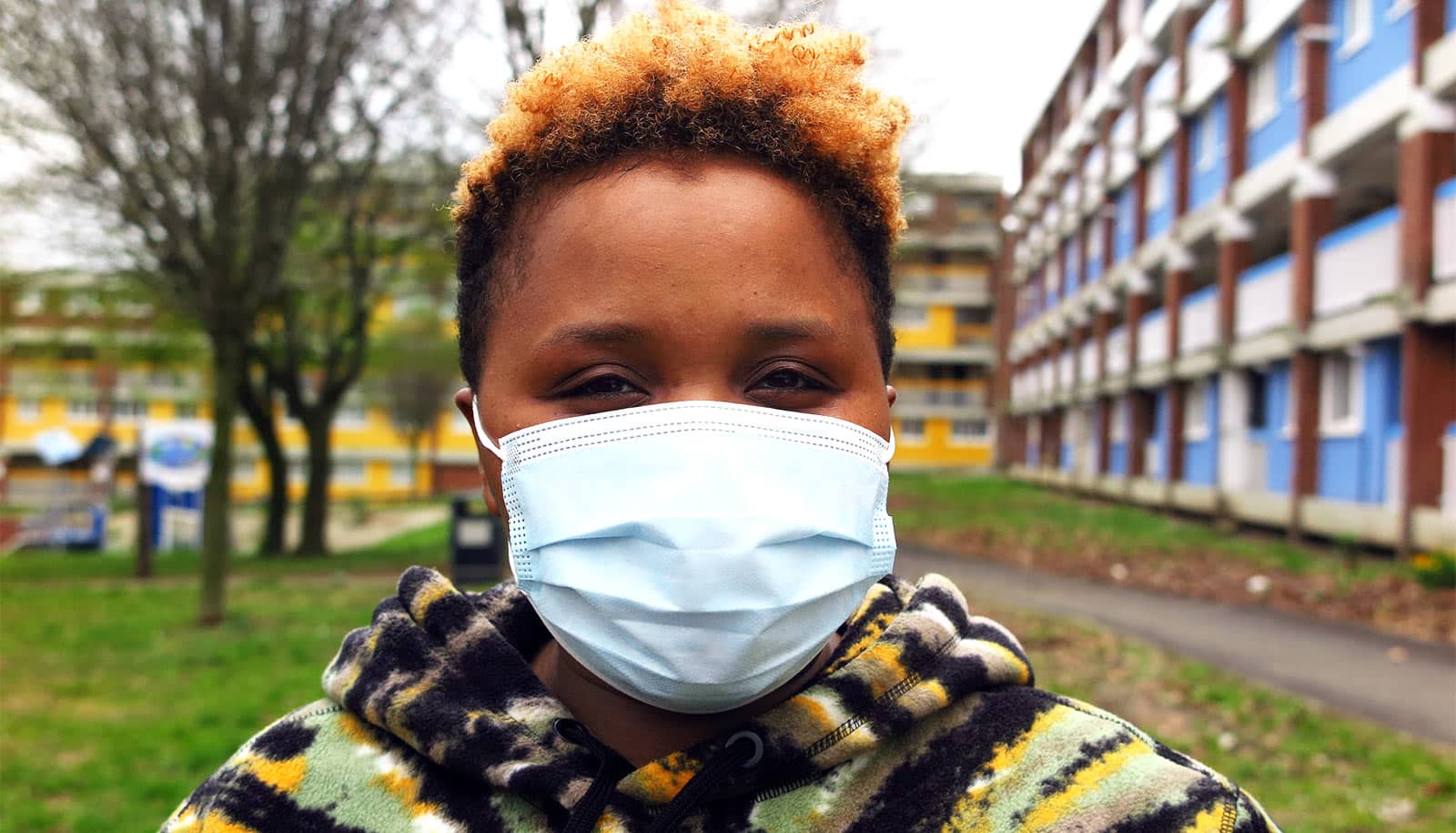
Cough into your bent elbow, please. (Credit: Getty Images )
It’s not just people with symptoms who can spread COVID-19
How fast does COVID-19 spread? New research may have an answer. It also shows that people can spread the virus before they feel the symptoms.

The time between cases in a chain of transmission of COVID-19 is less than a week, new research shows.
More than 10% of patients become infected from somebody who has the virus but does not yet have symptoms, the study also shows.
In the paper that will appear in the journal Emerging Infectious Diseases, researchers calculated what’s called the serial interval of the virus. To measure serial interval, scientists look at the time it takes for symptoms to appear in two people with the virus: the person who infects another, and the infected second person.
Researchers found that the average serial interval for the novel coronavirus in China was approximately four days. This also is among the first studies to estimate the rate of asymptomatic transmission.
The speed of an epidemic depends on two things—how many people each case infects and how long it takes cases to spread. Scientists call the first quantity the reproduction number; the second the serial interval. The short serial interval of COVID-19 means emerging outbreaks will grow quickly and could be difficult to stop, the researchers say.
“Ebola, with a serial interval of several weeks, is much easier to contain than influenza, with a serial interval of only a few days. Public health responders to Ebola outbreaks have much more time to identify and isolate cases before they infect others,” says Lauren Ancel Meyers, a professor of integrative biology at the University of Texas at Austin.
“The data suggest that this coronavirus may spread like the flu. That means we need to move quickly and aggressively to curb the emerging threat.”
Meyers and her team examined more than 450 infection case reports from 93 cities in China and found the strongest evidence yet that people without symptoms must be transmitting the virus, known as pre-symptomatic transmission. According to the paper, more than 1 in 10 infections came from people who had the virus but did not yet feel sick.
Previously, researchers had some uncertainty about asymptomatic transmission with the coronavirus. This new evidence could provide guidance to public health officials on how to contain the spread of the disease.
“This provides evidence that extensive control measures including isolation, quarantine, school closures, travel restrictions, and cancellation of mass gatherings may be warranted,” Meyers says. “Asymptomatic transmission definitely makes containment more difficult.”
Meyers points out that with hundreds of new cases emerging around the world every day, the data may offer a different picture over time. Infection case reports are based on people’s memories of where they went and whom they had contact with. If health officials move quickly to isolate patients, that may also skew the data.
“Our findings are corroborated by instances of silent transmission and rising case counts in hundreds of cities worldwide,” Meyers says. “This tells us that COVID-19 outbreaks can be elusive and require extreme measures.”
Additional researchers are from UT Austin, the Institut Pasteur in Paris, Dalian Minzu University, Beijing Normal University, and Hong Kong University.
The US National Institutes of Health and the National Natural Science Foundation of China funded the work.
Source: UT Austin
The post It’s not just people with symptoms who can spread COVID-19 appeared first on Futurity.
Share this article:
This article uses material from the Futurity article, and is licenced under a CC BY-SA 4.0 International License. Images, videos and audio are available under their respective licenses.
Related Articles:
Action averted 530 million COVID-19 infections
June 12, 2020 • futurityMasks prevented 66K COVID-19 infections in 1 month in NYC
June 15, 2020 • futurityLinks/images:
- https://doi.org/10.3201/eid2605.200146
- https://www.futurity.org/coronavirus-epidemic-genome-data-2295152-2/
- https://www.futurity.org/regn-eb3-ebola-treatment-trial-2135642/
- https://www.futurity.org/tool-monitors-influenza-a-mutations-2279962/
- https://www.futurity.org/how-fast-does-covid-19-spread-virus-2307132/
- https://www.futurity.org


